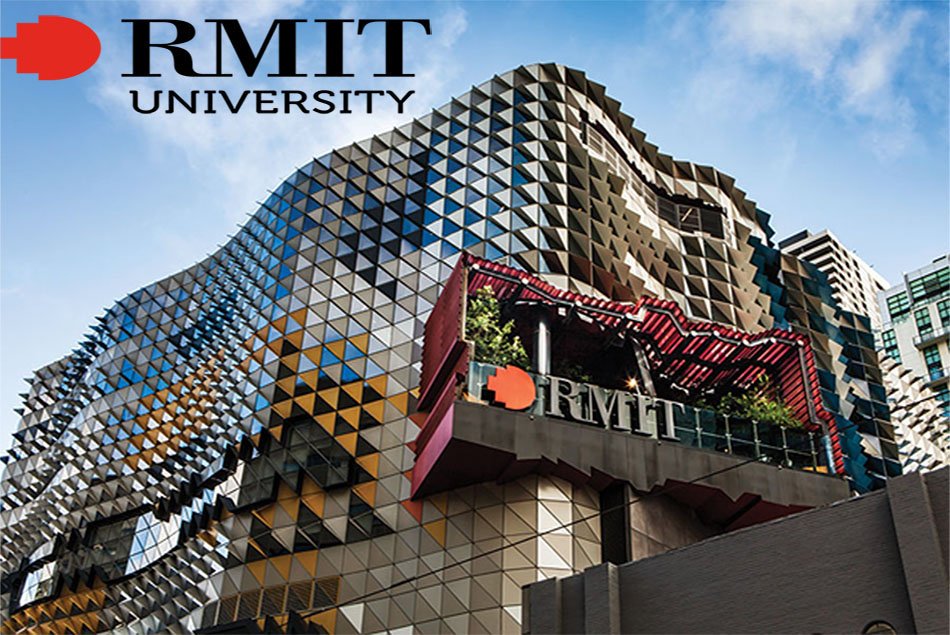Cover photo by Pamela Heckel on Unsplash
Researchers at the Royal Melbourne Institute of Technology (RMIT) in Australia have developed a new, cheaper, and more efficient method to produce hydrogen directly from seawater.
In the process, scientists successfully split seawater into hydrogen and oxygen with no prior desalination, resulting in less power consumption and carbon emissions.
Dr Nasir Mahmood, Vice-Chancellor’s Senior Research Fellow at RMIT, said, “We know hydrogen has immense potential as a clean energy source, particularly for the many industries that can’t easily switch over to be powered by renewables. But to be truly sustainable, the hydrogen we use must be 100% carbon-free across the entire production life cycle.”
He explained that their method of producing hydrogen straight from seawater is simple, scalable, and far more cost-effective than any green hydrogen approach on the market.
Today’s Focus of Attention is reader-supported. We sometimes include products we think are useful for our readers. If you buy through links on this page, we may earn a small commission.

How Did They Achieve It?
A research group from Materials for Clean Energy and Environment at RMIT came up with a special type of catalyst aimed at seawater. Suraj Loomba, a PhD candidate, said that they centred on producing efficient and stable catalysts at a budget-friendly price.
“Our approach focused on changing the internal chemistry of the catalysts through a simple method, which makes them relatively easy to produce at a large scale so they can be readily synthesised at industrial scales.”
Dr Mahmood added, “These new catalysts (Nitrogen-Doped Porous Nickel Molybdenum Phosphide) take very little energy to run and could be used at room temperature. While other experimental catalysts that have been developed for seawater splitting are complex and hard to scale.”
This technology has the promise to bring down the cost of electrolysers, which, according to Mahmood, could help meet the Australian Government’s goal for green hydrogen production.
Researchers at RMIT are not alone in this journey. They are working with private industry partners, which are helping them develop all the unresolved aspects of this fresh technology.
Traditional Way of Producing Hydrogen From Seawater
A technician operates an electrolyser to send an electric current through water to split it into its component elements of hydrogen and oxygen.
An electrolyser uses expensive catalysts and huge amounts of energy and water – 1 kg of hydrogen requires 9 litres of water.
The resulting output of this process is not CO2, but chlorine, which is a toxic substance.
Dr Mahmood stated that if we produced all the necessary hydrogen to meet the world’s demand without solving the chlorine issue first, there would be no point in replacing fossil fuels since we would damage the environment in a different way. He noted that their method not only leaves carbon dioxide out but also has no chlorine as a by-product.
How Is Hydrogen Produced At The Moment?

Almost 99% of the world’s hydrogen is made from oil and gas, and this practice releases around 830 million metric tonnes of CO2, equivalent to the annual emissions of the UK and Indonesia combined. The remaining 1%, called green hydrogen, is created using renewable energy sources, such as the sun or wind. But the production costs are high.
To reduce the expenses, Saudi Arabia, the United Arab Emirates, and Oman have been investing substantial funding in massive solar farms. These Middle Eastern states have the financial resources, the geographical features, and the knowledge.
But the real issue with hydrogen generation is that, until now, the source has been fresh water. And the idea is not to use our precious freshwater reserves.
The point is to opt for seawater on a large scale, but first it must be desalinated because of the dissolved salts and other impurities that corrode and degrade the elements used in the electrolysis. To avoid this, it is required more expensive and corrosion-resistant materials, such as titanium, driving up the costs. Here is where RMIT’s new process comes in handy.
Next Steps For RMIT
The following phase for Mahmood and his team is to develop a prototype electrolyser that could combine a series of catalysts to produce large quantities of hydrogen. And of course, run these electrolysers with clean energy sources such as solar or wind.
So those areas receiving intense solar radiation, strong winds, and easy access to seawater will be the optimal settings to use this technology.
Overconsumption
Pollution, in any form, is a big problem, but it might be a direct consequence of overconsumption.
Since the beginning of the industrial revolution, we have not stopped using fossil fuels as the primary energy source to keep the economy growing and factories producing more than we need. We are today facing the consequences of the indiscriminate use of hydrocarbons. The United Nations Intergovernmental Panel on Climate Change has declared that we are balancing on the ledge of environmental collapse if we don’t act now.
Even if we adopt hydrogen or any other clean power source, continuing with our current levels of overconsumption will still strain our planet’s resources beyond its capacity to replenish them.
To make a real difference, we must not only embrace cleaner energy sources but also address our unsustainable consumption habits with plastics, clothing, meat, and electronic devices. This economic system is destroying the planet, and us with it.


